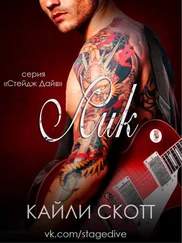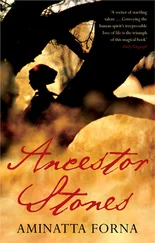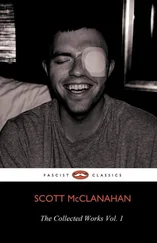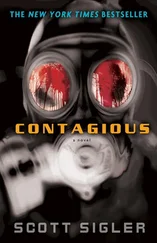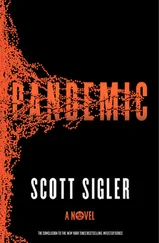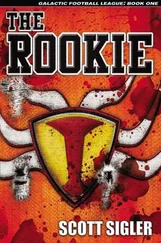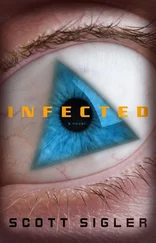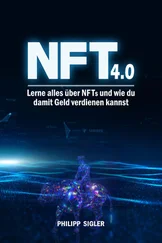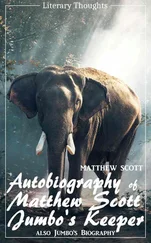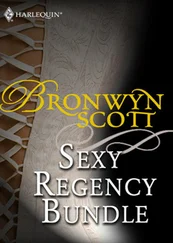She had chosen the project, and now the project was all she had.
Standard cloning projects had a fairly predictable pattern. First, select a cell from the animal you wanted to clone—usually a stem cell—and enucleate it by removing the single cell’s nucleus. Second, take an egg from the surrogate mother and enucleate that as well. Third, put the stem cell nucleus into the now-empty egg cell, provide an electrical shock to fuse the two, then wait for the single cell to start dividing in a process called mitosis . If that happened, insert the hybrid egg into the surrogate mother and let it develop normally.
The method had originated in the legendary cloning of Dolly, the Scottish sheep. Later came the avalanche of cloned species: fish, birds, goats, cattle, even dogs and cats. The process had become so formulated that elements were taught as early as high school.
The key to all cloning methods revolved around using the same or similar species for both the egg and the creature to be cloned. For the ancestor project, however, the last close relative died out some 260 million years earlier. Jian’s computer program, the thing they all called the “God Machine,” had provided a genome that actually produced a viable embryo, splitting on its own, undergoing several rounds of mitosis. In a petri dish, that part, the impossible part, had already been solved. But you couldn’t grow a whole animal in a petri dish—until they could trick the cow’s immune system to accept the embryo as self , the embryo could not grow into a fetus, and the project was at a standstill.
With the quagga, the answer had been comparatively easy. The animal was closely related to zebras. Once they had cultivated a quagga chromosome out of DNA recovered from hair and other remains, they injected it into the enucleated zebra egg, then put the egg back into a surrogate zebra mother.
It hadn’t worked at first. The zebra’s immune system rejected the embryo. Erika had found a way around the problem by isolating the gene sequence that produced the antigens—the offending proteins—then replaced the sequence with the corresponding segment from the zebra’s DNA. It had been a small section of DNA, and they still weren’t sure exactly what it coded for, but the method worked. With the offending antigenic proteins eliminated, the zebra’s body handled the pregnancy normally, resulting in the first baby quagga to set foot on the planet in more than a century.
But zebra and quagga DNA were over 99 percent identical. Now, however, they didn’t have a mother that was a close genetic match. They had a computer-designed genome and a cow.
Jian’s God Machine assigned a “viability rating” to estimate the chances of the hybrid egg passing the immune response test, then developing through surrogate pregnancy all the way to birth. It measured the products of known DNA sequences against those that were lesser known, or even unknown. So far, 65 percent was the highest rate they’d hit. Somewhere in that remaining 35 percent were the proteins that triggered the bovine immune system. That 35 percent amounted to billions of nucleotides, millions of sequences—far too many to eliminate by trial and error. No one knew exactly what genes coded for what traits. She and Jian kept changing these unknown sequences, but couldn’t say for sure what the changes would affect—they might be swapping out a protein that affected the color of the animal’s eyes, or a protein that was a critical component of brain development. And they couldn’t know until the animal grew beyond a ball of undifferentiated cells. For the immune system experiment to work, they’d have to reach an 80 percent viability rating, possibly higher.
When they’d started the project with mammal genomes available online, in the public domain, the viability rating had been low. The first thousand genomes generated an 11 percent rating. The thousand after that took them to 20 percent. After they had processed four thousand mammalian genomes, they’d cracked 45 percent viability. From there, Genada’s bottomless resources started sequencing uncommon mammals, even extinct species, and with each one the rating ticked a little bit higher.
Would Bobby Valentine’s four new specimens be enough to get over 80 percent? And if not, what could she change? Perhaps a new approach and the additional genomes together would get them over the hump. Part of Erika hoped for success, but a stronger part hoped for failure. The last thing she wanted to see was Dr. Claus Rhumkorrf rewarded for being a heartbreaking, small-minded prick.
NOVEMBER 8: EVERY PICTURE TELLS A STORY
MAGNUS FOLDED HIS cell phone and put it in his left jacket pocket. He took a sip from a glass of Yukon Jack. The ice cubes clinked a little. He set the drink down and put both hands on the desktop. He breathed slowly. In and out. In and out.
In contrast to his brother’s da Vinci sketches and priceless works of art, Magnus decorated his office with personal items: dozens of photos, and a single, wall-mounted display case.
Several of the photos showed a smiling, postmission Magnus in various uniforms, some tan and brown, some green, one in a thick wet suit. In all of those, he was posing with other dirty, smiling, dangerous-looking men. Four faces showed up repeatedly: Andy Crosthwaite, Gunther Jones, Brady Giovanni and Bobby Valentine. Those pictures came from Magnus’s years in Joint Task Force 2, the counterterrorist division of the Canadian Special Forces. He smiled a lot in those pictures. Things had made sense back then.
The largest photo was from Magnus’s days as a tight end for the Calgary Stampeders of the Canadian Football League—dressed in the red-and-white uniform, stretching high and long to catch a football just before landing in the end zone. A simpler time, a time between leaving the service and joining Danté at Genada.
The pictures weren’t all from the CFL or JTF2. One of them showed Magnus and Andy Crosthwaite holding hunting rifles, kneeling in front of an old well made of black stone, a bloody line of nine severed deer heads spread out before them. Danté kept asking him to take that picture down, said the office wasn’t the place for it, but Magnus liked it, so it stayed. There were also postcardish shots, of course: pictures of Magnus and Danté fly-fishing in Montana, at a business meeting in Brussels, together on a yacht in the south of France. Those photos with his brother were true treasures—nothing mattered more than family. Danté was the only family Magnus had left.
Danté had also asked Magnus to remove the wooden display case, but that simply wasn’t going to happen. On the left, the case showed Magnus’s unit insignia and rank pins. Stretching out to the right, a dozen Ka-Bar knives mounted point-down, sharp edge facing right. Each of the knives had a story. Five of the knives showed the blackened discolorations of metal heated in a fire. There was enough space for three or four more on the case’s right-hand side. Some tales are never finished.
Magnus took one last deep breath, focused, let it out slow, then turned to his computer and called up a spreadsheet.
A lot of red.
His brother was running Genada into the ground because of some altruistic vision. And for what? A replacement organ bought you what, ten years? Maybe twenty? The universe was at least thirteen billion years old—were there even enough decimal places to measure twenty years against that?
Everyone dies.
Some sooner than others.
Danté had smarts, cleverness, business instincts. That was why Dad had left the company to Danté, not to Magnus. A smart decision, the right decision. But one thing that Danté didn’t have was a real backbone. That was okay, though—that’s what brothers are for. When it came time for the hard decisions, Magnus would protect his brother.
Читать дальше

